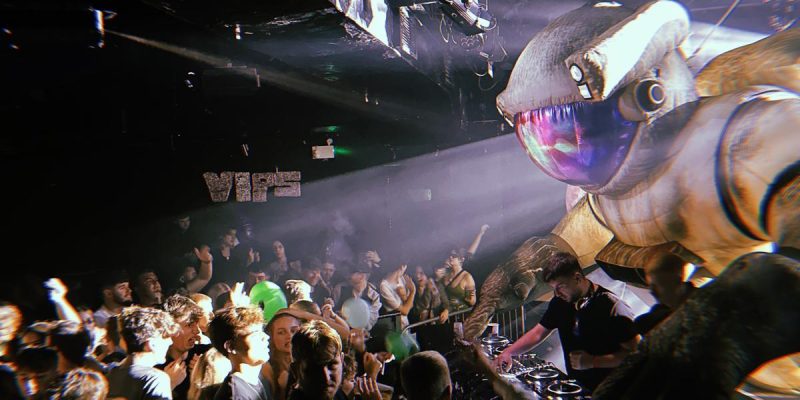The rave scene has always been associated with the use of drugs and substances ever since it came about in 90’s when ecstasy (MDMA) was the most prominent drug.
When looking at statistics of drug abuse linked to music events, data showed that 57.4% of people who attend music events tend to enjoy recreational drug use, but when looking deeper into these types of music events and drug types, EDM had the higher statistics linked to each drug.
EDM (electronic dance music) includes a wide range of genres such as drum and bass, house, techno, garage, and trance music. There is an interesting link between specific drugs and the type of EDM raves people attend.
The association of drugs with different types of EDM
Ibiza, which is considered the ‘home of house music’, has a vast 85.7% of drug users with MDMA being the most popular.
According to the National Institute on Drug Abuse, the effects of MDMA include an enhanced sense of well-being, increased extroversion and an enhanced sensory perception’. These characteristics converge to form more of an ideal atmosphere for a rave, with an audience brimming with chemistry and love. It’s nicknamed ‘The love drug’ and stems from how people act when they’re on it.
House music is characterised by a mellower and more relaxed vibe which can combine more effectively with MDMA.
Ketamine is a dissociative anaesthetic which can alter perceptions of sight and sound and is most commonly used at ‘jump up’ drum and bass events. In a survey I conducted on social media, 58% of participants voted they would choose Ketamine over any other drug at drum and bass raves. The reasoning was because ‘its cheaper, there’s less of a comedown, and not as many side effects’.
Research I conducted suggested people choose ketamine as an easier way to get intoxicated, rather than MDMA which seemed to amplify the experience of the music.
How has drug abuse at raves changed since 90’s?
Usage of ecstasy/MDMA reached 72% lower in people aged 16-24 compared to 2020 and was at its lowest level since 1995. Whereas, data released by GOV.UK revealed ‘Police seized the largest quantity of cocaine and ketamine since records began’.
Kirk Field, a rave reporter from 90’s, experienced the beginning of the rave scene and witnessed the popularity of ecstasy at raves. He described the combination of the drug at raves coming together ‘like a match made in heaven’.
The association of raves with drug abuse has never changed, however, the type of drug used has, and the dangers associated with Ketamine have been seen to be higher than MDMA. More erratic behaviour is being reported in raves this generation, and the ability to access drugs is becoming more available with the development of technology.




 Is AI the future of news consumption?
Is AI the future of news consumption?